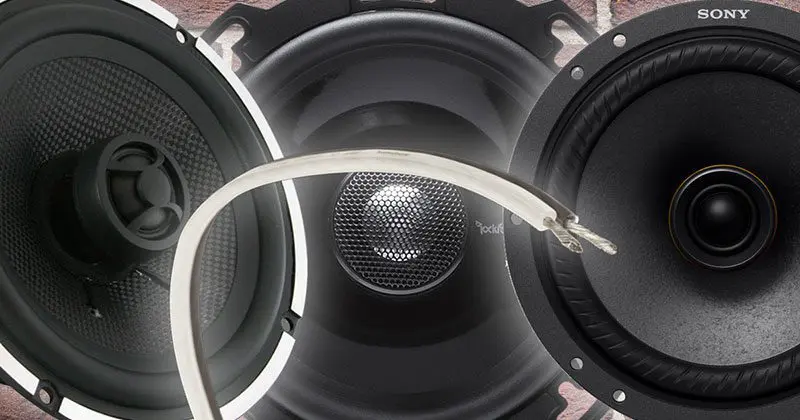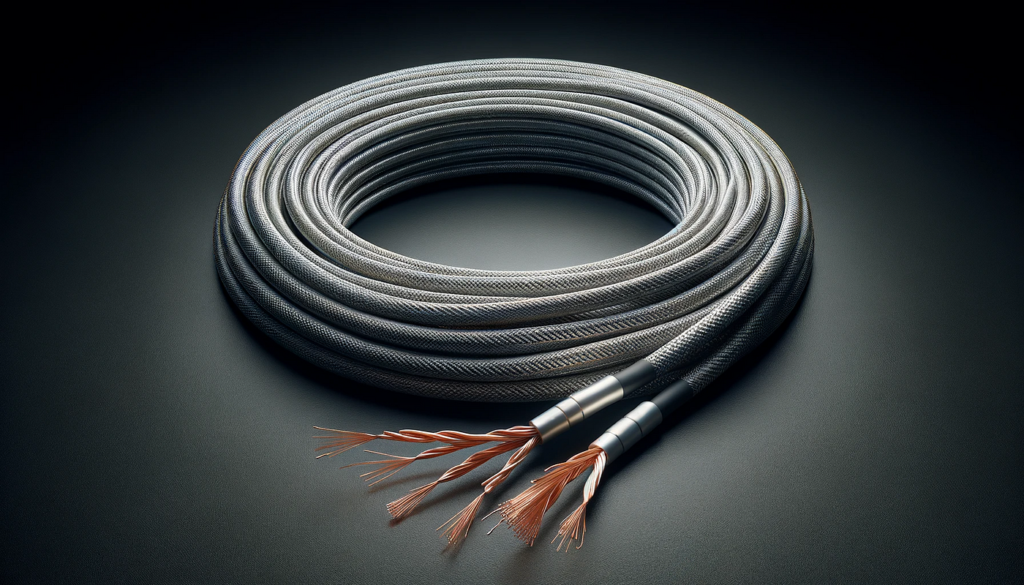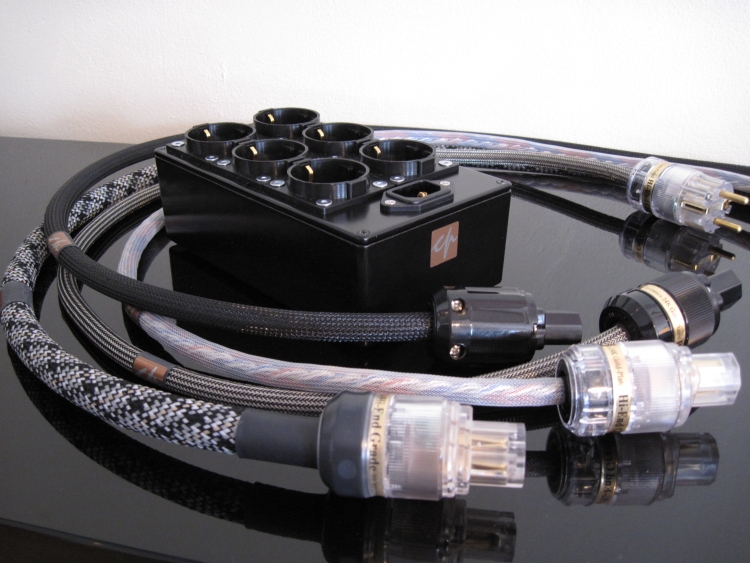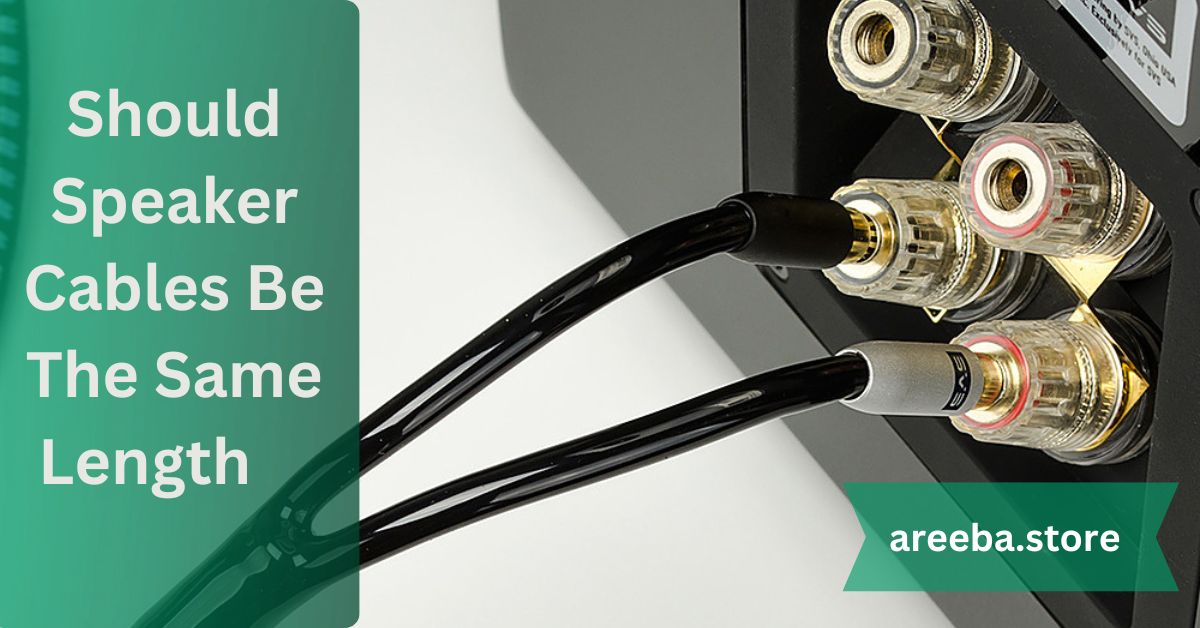I Should found that when electrical impulses are sent from the amplifier to the speakers through speaker connectors, they move at incredibly rapid speeds. If the cords are different lengths, potentially the signal could reach one speaker slightly faster than the other.
Should Speaker Cables Be The Same Length ? Speaker cables don’t always need to be the same length in home audio systems because there isn’t much of a variation in sound quality. Even yet, utilizing cables of the same length can help keep things neater and prevent small resistance problems in longer distances.
Should speaker cables be the same length? Even if science claims little variations don’t matter, obtaining perfect symmetry could provide your setup a competitive advantage.You might wonder if speaker cords in your audio system should all be the same length.
Are speaker cords supposed to be the same length?

In most home audio installations, speaker cords don’t have to be the same length. The human ear is unable to perceive the minute difference in signal travel time between cables of different lengths, which is measured in nanoseconds
Even if one cord is longer than the other, the sound quality won’t be appreciably different over short distances.But there are other advantages to using identically lengthened cords. It makes your setup easier to maintain and cleaner by helping with organization and cable management.
Should speaker cables be the same length?Longer cables also have a larger electrical resistance, which may result in very small variations in sound production; however, this is usually only an issue for much longer distances.As an added precaution, matched cable lengths might be seen in professional setups or high end audio systems.
How does length affect the resistance of a cable?
1.Longer cables have higher electrical resistance:
A cable’s electrical resistance rises with its length, making it more difficult for a signal to move through it effectively.
2.Power decreases with increased resistance:
Less power is sent to the speakers when there is more resistance, which can somewhat lower sound quality.
3.Signal loss may be caused by high resistance:
Increased resistance has the ability to attenuate the audio signal over extended distances, resulting in possible sound deterioration.
4.Cable thickness is important.
Using the right gauge can help reduce resistance problems in longer lengths because thicker cables have less resistance over longer distances.
5.Minimal influence from short cables:
The resistance of shorter cable runs is so tiny that it’s unlikely to have a discernible effect on audio quality.
Do equal cable lengths result in better cable management?
Yes, when cable lengths are equal, cable management frequently gets better. It is considerably simpler to arrange and manage speaker cords when they are of the same length. One cable being too long and causing extra slack or tangling won’t be an issue for you.
This gives the arrangement a more polished and organized appearance overall.Equivalent cable lengths not only look good, but they also lessen the possibility of unintentional harm. Longer cables that are not properly maintained may tangle with furniture or pose a trip hazard.
When speaker cables are the same length, it leads to a more organized and symmetrical setup. Equal lengths make it easier to route cables in a way that looks clean and professional, without excess slack or uneven cables.
Equal-length cables allow you to route and position cables more efficiently. When both cables are the same size, it’s easier to plan their paths, whether you’re hiding them behind furniture or securing them along walls.
What effects do extended cable lines have on the sound quality?

The following factors can affect the quality of sound produced by long cable lines:
1.Increased Resistance:
The electrical resistance of longer cables is higher, which may limit the power supplied to the speakers and perhaps alter the loudness and quality of the music.
2.Signal Loss:
The audio signal may deteriorate over long distances, especially in high-frequency ranges, resulting in a loss of sound quality.
3.Diminished Bass Response:
Because of the added resistance and potential for signal deterioration, extended cables may cause a modest loss in bass performance.
4.Noise & Interference:
Longer cables have a higher chance of picking up electromagnetic interference, which can cause static or other noise to enter the audio transmission.
5.Mitigating with Cable Quality:
By reducing resistance and signal loss, using higher-quality, thicker-gauge cables can lessen the negative consequences of longer lengths.
What effect does electrical resistance have on the functionality of cables?
Electrical resistance affects the functionality of cables in the following ways:
Reduced Power Delivery:
Speaker performance may be less effective and have a lower volume as a result of higher cable resistance, which restricts the amount of electrical power that can be delivered to the device.
Signal degradation:
Especially over extended distances, increased resistance can erode the audio or data signal’s strength and clarity.
Heat Generation:
As resistance rises, more electrical energy is transformed into heat, which may eventually erode the components of the cable and reduce its longevity.
Diminished Sound Quality:
Resistance in audio systems can cause distortion or loss of fidelity, particularly at high frequencies, which lowers the quality of the sound as a whole.
Can tiny variations in speaker wire length be seen by the human ear?

Tiny variations in speaker wire length generally cannot be perceived by the human ear. The difference in signal travel time caused by small discrepancies in cable length is measured in nanoseconds, far beyond the threshold of human auditory perception.
Minimal Impact:
The time difference caused by slight length variations is so small that it doesn’t affect sound quality or stereo imaging in a noticeable way.
Threshold of Hearing:
The human ear is not sensitive enough to detect such minute differences in timing that would result from small variations in cable length.
Signal Speed:
Electrical signals travel at near the speed of light, so even a significant length difference only translates to an imperceptible delay.
Focus on Other Factors:
For noticeable audio improvements, it’s more effective to focus on other factors like cable quality and system setup rather than tiny length variations.
Frequently Asked Questions:
1.What is cable resistance?
Yes, longer cables have higher resistance, which can reduce the efficiency of power transmissionCable resistance is the opposition that a cable presents to the flow of electrical current, which can affect power delivery and signal strength.
2.Can stereo imbalance result from varying cable lengths?
Variations in length are unlikely to result in audible stereo imbalance for short cable lines. Very long cables may cause slight imbalance.
3.What gauge of cable should I use for long distances?
For long distances, use lower gauge cables (thicker cables), such as 12 or 14 gauge, to reduce resistance and signal loss.
Does the quality of the cable matter more than length?
Yes, high-quality cables with proper shielding and lower resistance are more important than minor length differences for maintaining sound quality.
Are there audible differences with slight cable length variations?
No, slight variations in length are generally too small to produce audible differences in sound quality.
Conclusion:
In my opinion, speaker cable length isn’t a big deal unless you’re using a high-end audio system or extremely long cable lengths. The sound quality of most home installations is unaffected by slightly varied wire lengths. Still, I like to use equal-length cables for symmetry and to make sure there are no possible resistance problems. Ultimately, though, it comes down to how comfortable you are with your configuration.
